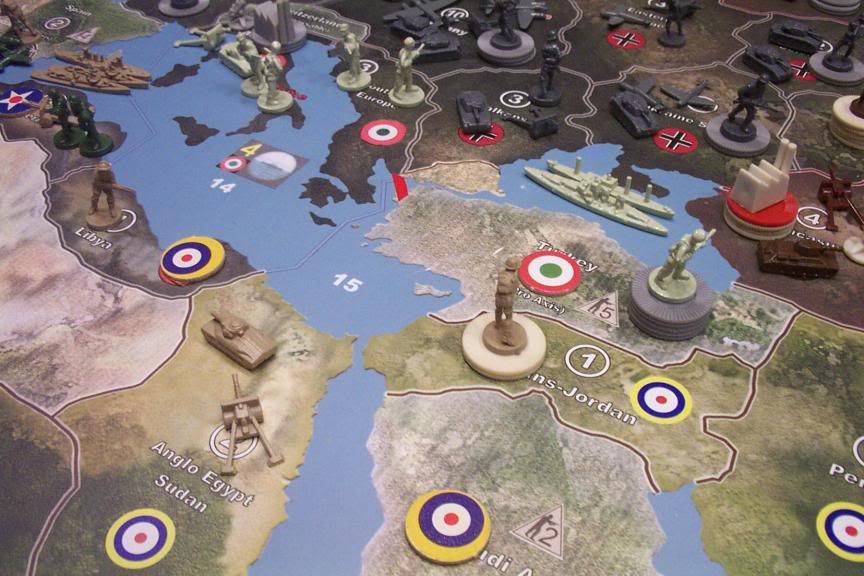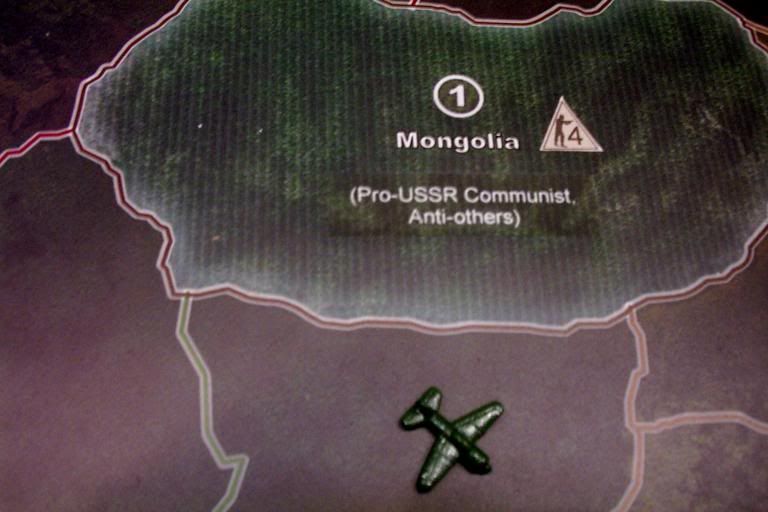We’ve been using a political influence system on neutrals for about a year now. Our rules dictate a slower developing system that requires a player to build relations in stages. This allows opposing players time to react and possibly counter those negotiations.
The first stage is a political alliance. A political alliance allows the the player to move units through that neutral country, and allows the player to go for the next level of influence.
The second stage is an economic alliance. An economic alliance allows the player to move through the country, access to that countries IPCs as if they controlled it, and allows the player to go for the 3rd and last level of influence.
The third stage is a military alliance. A military alliance allows complete control of the country including all units present.
All this is done at the end of each game turn. Players receive influence points based on their current position on the IPC chart. Each country has a list of neutrals they are allowed to influence on the back of their set-up charts. Our list is designed to keep it somewhat historically accurate, and to prevent a situation like the US influencing Turkey, building a factory, and running amuck. Each neural has its own cost to influence determined by a base cost of influencing, plus the cost values of all units that neutral controls, plus all the IPC values the neutral possesses.
Once each player chooses the neutrals they want to influence they make an attempt roll. A political alliance has a 50/50 success rate. Once a political alliance is achieved the player can attempt to go for an economic alliance at a little higher success rate and a bit lower cost to influence. When going for a military alliance it’s again a little higher success rate than the economic alliance and lower cost to influence.
Only the major powers are allowed to influence neutrals. Players can save their influence points as some neutrals have high influence costs. Players may influence any number of neutrals they can afford each turn, but only one attempt can be made per neutral per turn. Players make their influence choices simultaneously, and privately at the end of each game turn so it’s possible that players can be trying to influence the same neutral each turn.
Players can make attempts on neutrals from their list even when another player has a political or economic alliance with that neutral. Once a military alliance has been achieved it will be a permanent part of that power unless occupied militarily. By making attempts on neutrals with early level alliances the player can possibly shift that neutrals status back one stage towards true neutral. If two players make attempts on the same turn, and are both successful they simply cancel each other out.
Wow. Sorry was so long. :-). Like I said we’ve used this system for about a year and we love it. Some games it has little effect as players keep trying to cancel each other out. Some games get a bit crazy. I once had a strong presence in South America with my Germans. We like that it’s a slow developing system do there aren’t any suprise game changers.










